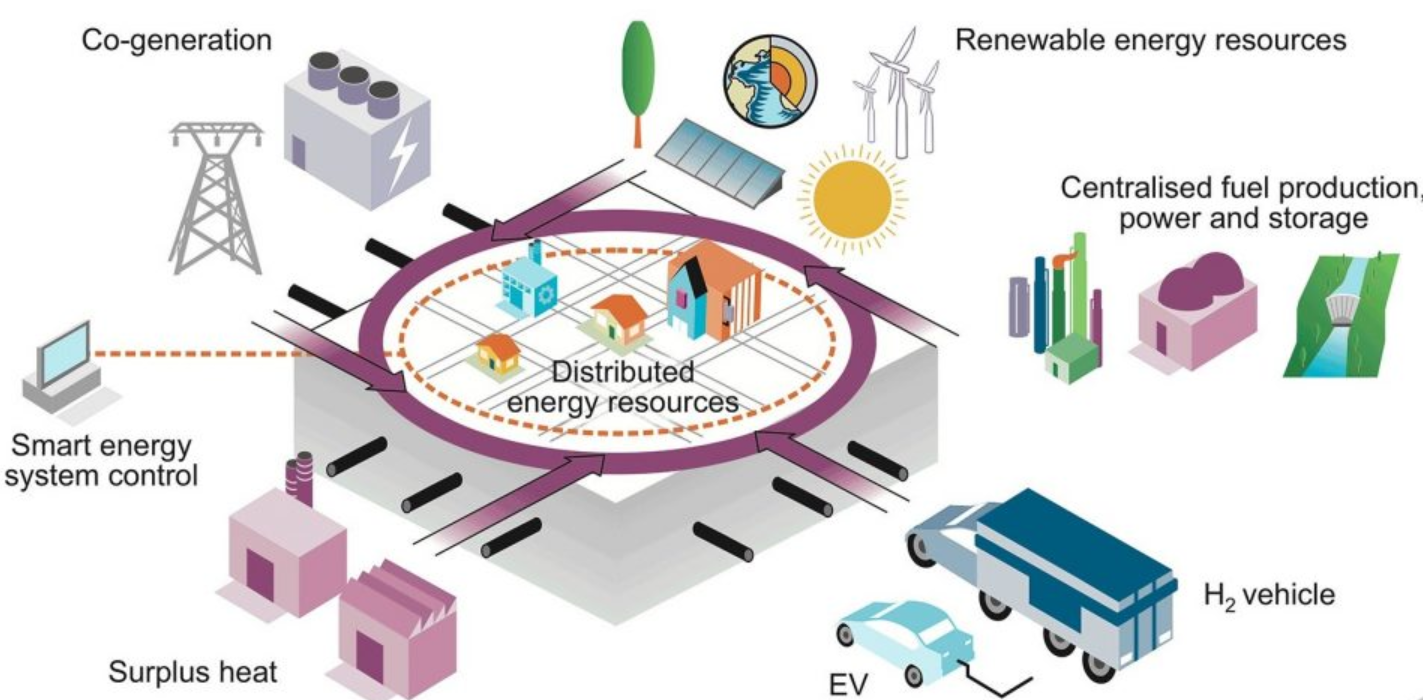Powering the Future: The Transformative Potential of Integrated Energy Systems
Powering the Future: The Transformative Potential of Integrated Energy Systems
2023-10-07
In our relentless pursuit of sustainable energy solutions, the integration of various energy sources has emerged as a beacon of hope. Integrated Energy Systems (IES) represent a revolutionary approach that holds the key to reshaping our energy landscape. By seamlessly blending multiple energy sources, these systems are paving the way for a cleaner, more efficient, and sustainable future. In this blog, we will explore the transformative potential of Integrated Energy Systems, delving into their key components, benefits, and their pivotal role in ushering in a new era of energy production and consumption.

1. Diversity in Energy Sources:
Integrated Energy Systems harness a wide array of energy sources, ranging from traditional fossil fuels to renewable energy such as solar, wind, and thermal energy. By leveraging this diversity, IES reduce our reliance on fossil fuels, promoting clean energy generation and reducing harmful emissions. This blend of resources creates a powerful grid capable of meeting the demands of modern society.
2. Smart Energy Systems for Efficient Consumption:
IES are underpinned by smart energy systems that optimize energy consumption. These systems leverage advanced technology and data analytics to regulate energy usage in real-time, ensuring efficient distribution and minimizing wastage. Smart grids enable seamless communication between energy producers and consumers, enhancing overall efficiency and reliability.
3. Integration of Renewable Energy:
Renewable energy sources play a central role in IES. By integrating solar, wind, and thermal energy into the grid, these systems promote sustainable practices. They enable large-scale energy generation from renewable sources, mitigating the environmental impact associated with traditional power generation methods and significantly reducing greenhouse gas emissions.
4. Energy Storage Solutions:
Integrated Energy Systems incorporate cutting-edge energy storage technologies. Energy storage solutions, such as advanced batteries and thermal storage systems, store excess energy during periods of low demand and release it during peak usage times. This ensures a stable energy supply, even when renewable sources like solar and wind experience fluctuations in output.
5. Collaboration and Research:
The development and implementation of Integrated Energy Systems often involve collaboration between public and private sectors. National laboratories and research institutions are at the forefront of innovation, conducting research to enhance energy production, storage, and distribution technologies. These collaborative efforts drive advancements in IES, making them more efficient, reliable, and cost-effective.
6. Economic and Environmental Benefits:
The adoption of Integrated Energy Systems yields significant economic and environmental benefits. By reducing reliance on fossil fuels, IES help mitigate energy costs in the long run. Simultaneously, the decreased carbon footprint contributes to combating climate change, safeguarding the environment for future generations.
In conclusion, Integrated Energy Systems represent the future of sustainable energy. Through the seamless integration of diverse energy sources, advanced technology, and collaborative research, these systems are transforming the way we generate, distribute, and consume energy. As we continue to invest in these innovative solutions, we are not just powering our present; we are building a cleaner, greener, and more sustainable future for all.

